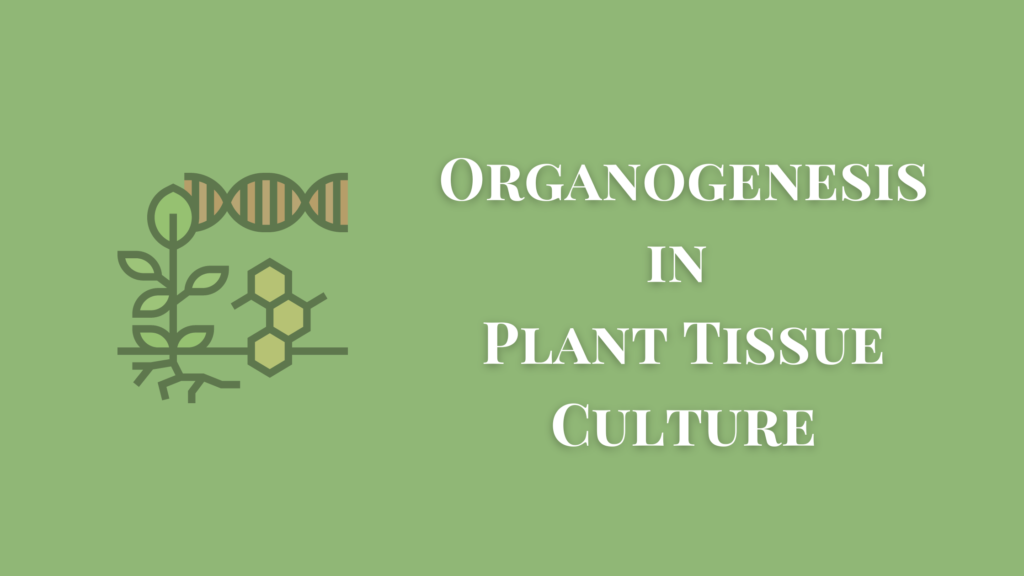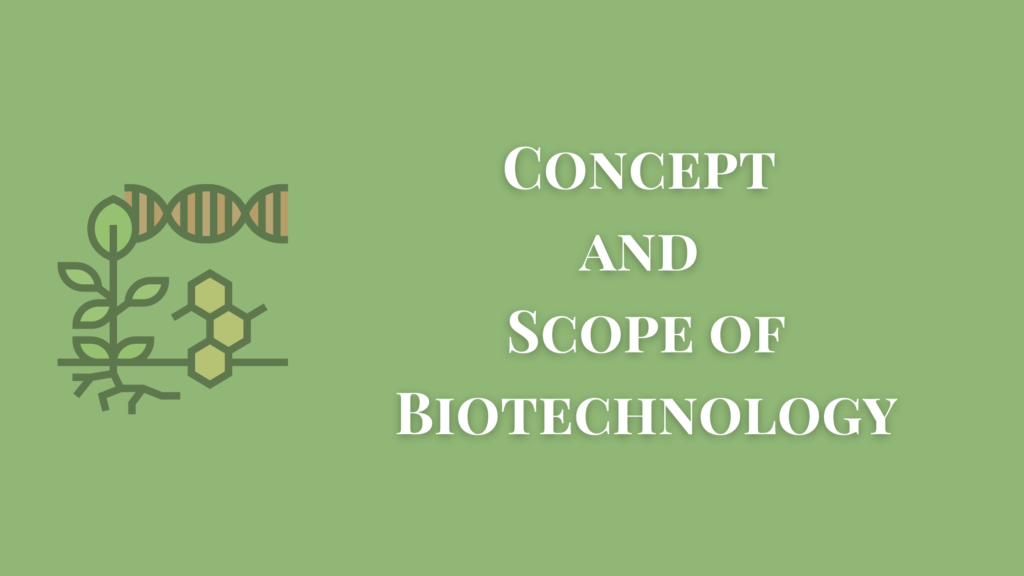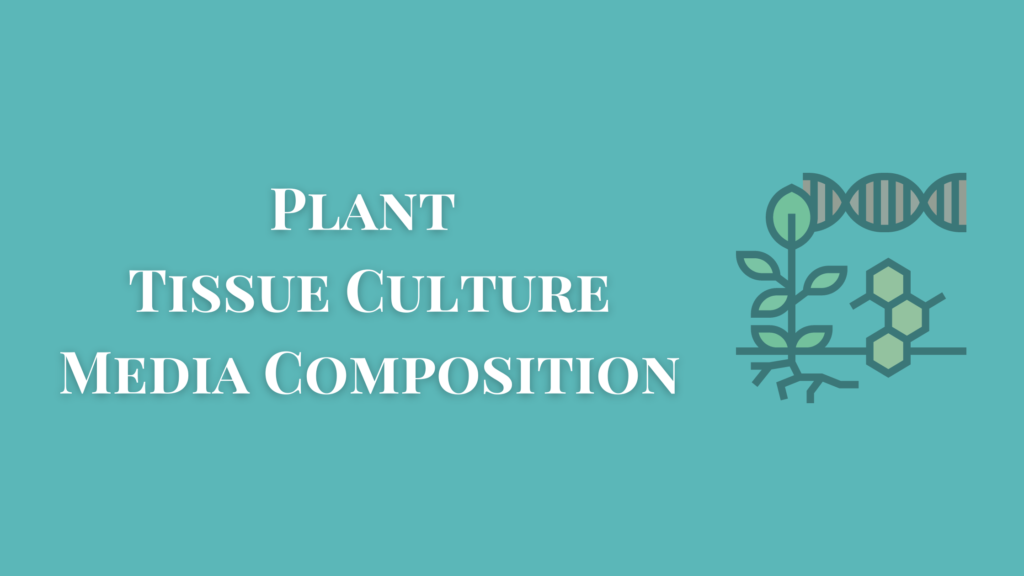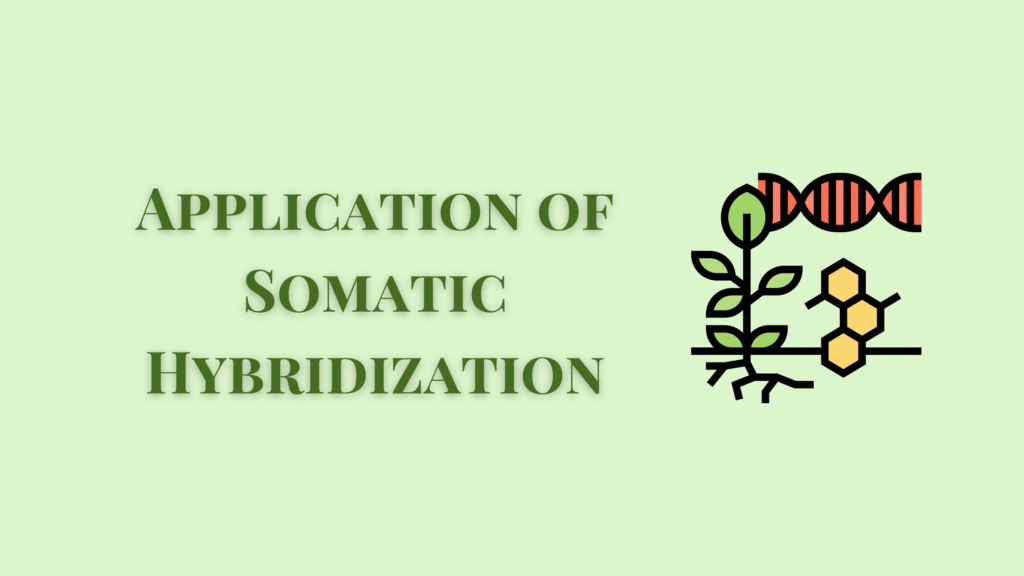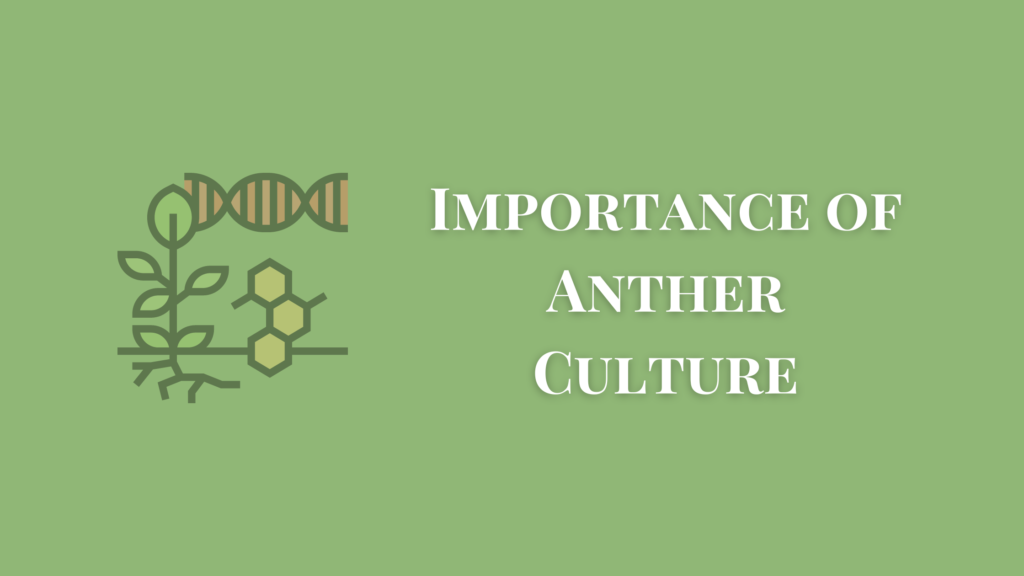What is Organogenesis in Plant Tissue Culture?
Organogenesis in plant tissue culture is the process of organ formation in cultured explants, in vitro. It usually occurs from the embryonic cells. In other words, it is the induction of morphologically well-defined organs such as shoots or roots from callus cultures. Skoog and Miller pointed out that a balance between relative levels of auxins and cytokinins played a greater role in the initiation of shoot and root.
Generally, a high concentration of cytokinins brings upon shoot bud initiation whereas a high level of auxin favors rooting. Light intensity plays an important role in organogenesis. High light intensity is inhibitory for shoot bud formation in tobacco.
The quality of light also influences organogenesis. Blue light promotes shoot bud differentiation in tobacco callus while red light stimulates rooting.
Meristemoids
In plant tissue culture, explants are cultured in a suitable medium that dedifferentiates into meristematic cells known as meristemoids. These meristemoids for primordium will be specific for shoots, roots, leaves, etc.
Under favorable conditions of unorganized growth, meristems in a callus are random or scattered. Meristemoids are formed when the callus pieces are transferred to favorable conditions that support organized growth. Meristemoids are the sites for organ formation in the callus and can form roots and shoots.
Types of Organogenesis
When the cells of the explant form organs directly from meristematic or non-meristematic cells, it is called direct organogenesis. There is no callus formation in direct organogenesis.
In indirect organogenesis, the explant initially forms a callus from which the organs develop. The callus cells are dedifferentiated into a morphologically flexible form without any determined functions. These cells undergo redifferentiation to initiate shoot, root or leaf.
Factors Influencing Organogenesis in Plant Tissue Culture
Explant
Mature plantlets are more suitable for direct organogenesis. Explant choice for indirect organogenesis is much more flexible as it can use any young plantlet such as cotyledons, hypocotyledons, young inflorescence, embryos, etc., as the younger parts are more active and have a better chance of developing a callus.
Genotypes
The genotype of the plants plays a crucial role in organogenesis. Not all varieties of a plant undergo vigorous organogenesis. The rate and production may vary from one variety to the other due to their nuclear and extranuclear genomes which can influence their regenerability. Ploidy level and age of culture also influence organ formation. Ploidy level and age of culture also influence organ formation.
Culture medium and ingredients
The plant tissue culture media composition plays a crucial role in the initiation of organogenesis. Different ingredients promote the generation of shoot or root differentiation. While auxin promotes shoot, cytokinin promotes rot initiation. Similarly, the pH of the medium, the presence or absence of growth regulators, the type of carbon or nitrogen source, etc also play crucial roles. These ingredients are added or omitted depending on the plant part used and the type of plant or its genotype.
Moreover, the oxygen gradient inside the culture is also important as some plants prefer low oxygen while others require high oxygen content in the medium.
Most importantly, a freshly made culture is more viable for organogenesis than an older culture. However, some plant species can still bring organogenesis for a longer period in the same culture.
Season
Each plant has a specific growth period and that influences their growth in vitro for organogenesis as well. It is important to choose the right season of winter, spring, summer, autumn, etc for each plant type for successful organogenesis.
Climatic Factors
The intensity and quality of light are influential on organogenesis. Studies show that blue light promotes shoot initiation while root initiation prefers red light. Therefore, for successful shoot and root formation, a quality photoperiod of blue light must be followed by a suitable duration of red light period.
However, some plants prefer a dark period followed by a period of light exposure for shoot formation, and some plants require a high light intensity. It shows that each plant has its type and duration of light for organogenesis.
Similarly, plants prefer some optimal temperature as well. The optimal temperature varies with the plant species and can vary between 15-30 degrees Celcius.
Importance of Organogenesis
- A large number of plant species including economically important crop plants such as medicinal and horticultural plants, timber-yielding plants, etc have been successfully produced from callus culture by organogenesis.
- The production of a large number of haploids from microspores and the possibility of raising triploids from endosperm cell culture are the potential walls of organogenesis in genetic and plant breeding.
- Regeneration of whole plants through organogenesis is important in mutagenic studies. Chemical mutagens and ionizing radiations are used to bring about genetic diversity in plants. Organogenesis results in the formation of new strains of mutant plants.
- A wide range of aneuploid plants have been recovered from the tissue culture of numerous plants through organogenesis.
- Freeze preservation of plants from them used after a desirable period is another significance of organogenesis for the conservation of endangered plants.
References
Desai, P., Desai, S., Rafaliya, R., & Patil, G. (2021). Plant Tissue Culture: Somatic Embryogenesis and Organogenesis. Advances in Plant Tissue Culture, 109-130. https://doi.org/10.1016/B978-0-323-90795-8.00006-0
